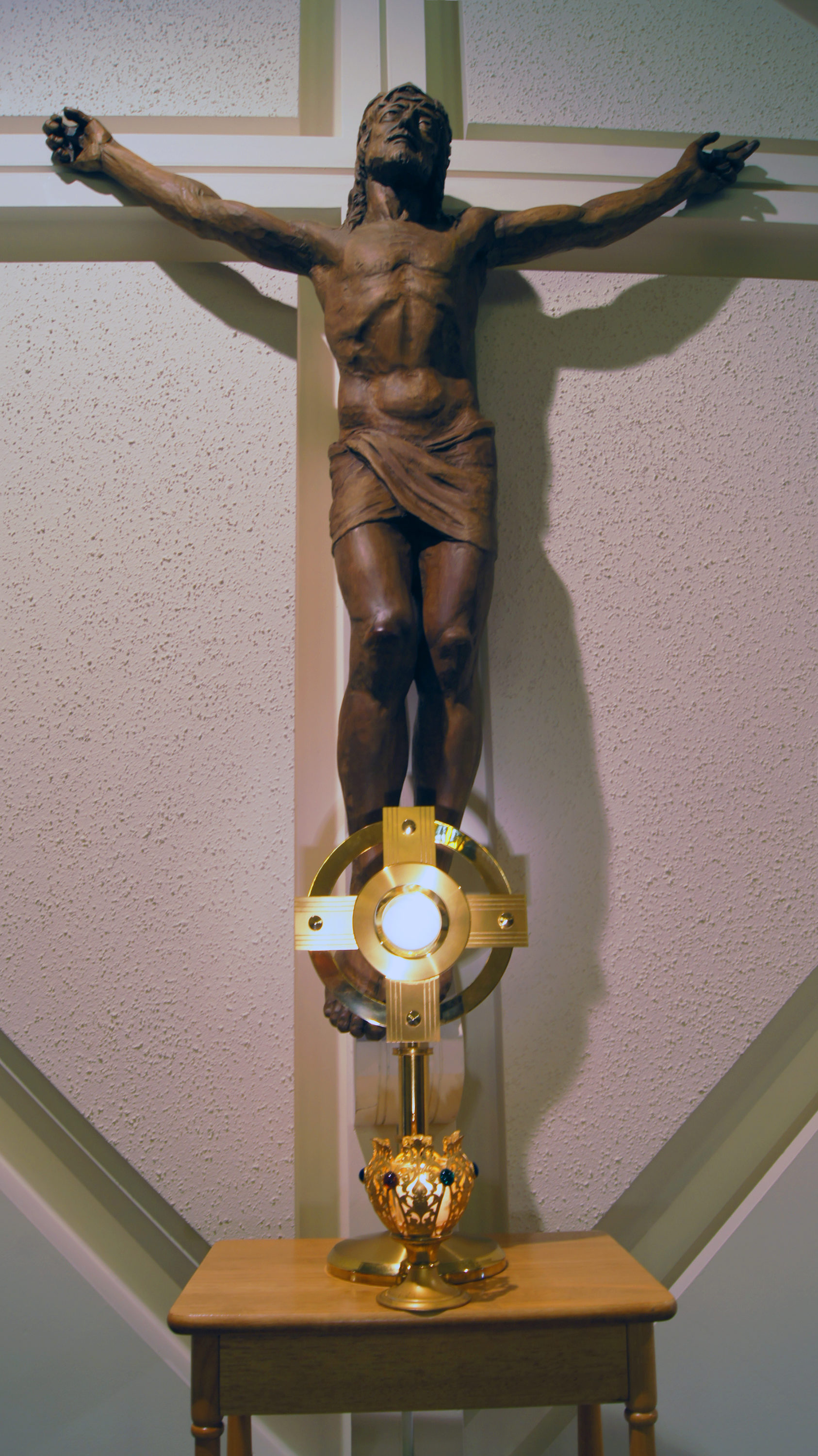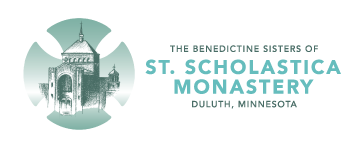Liturgical Prayer
In the Sayings of the Desert Fathers, a compilation of the wisdom of early Christian monks of the Middle East, Abba Agatho is asked, “Which virtue requires the greatest effort?” He replies, “There is no labor so great as praying to God. When a person prays, the Evil One hurries to interrupt the prayer, knowing that a prayer poured out to God is the only thing that can overcome evil. With any other labor a person undertakes in religious life, there are times of rest, but prayer is spiritual warfare to the last breath.”
Another Desert Father said, “One who takes oil in his hand to anoint a sick person is first blessed with the richness of the oil. Likewise, one who prays for a brother or sister, even before the other receives benefit, is healed through a disposition to love. Let us then pray for each other, so we might all be healed.”
Liturgy is the name for the various rites through which the assembled Church praises God. For Catholics, this includes Eucharistic celebrations, Liturgy of the Hours, and the Sacraments. For monastics there are also rites for the various stages of Initial Formation, prayer services, and ritual blessings. In these times of communal prayer we join our voices in praise, thanksgiving, contrition, and petition.
Liturgy is both the structure and heart of our life together. With ritual, we mark each step on the path into the divine Heart. Monastic prayer life is centered on the Eucharist and the Liturgy of the Hours. Devotional prayer and the thoughtful reading of Scripture (lectio divina) mold the clay of our souls as we grow ever closer to what God knows us to be.

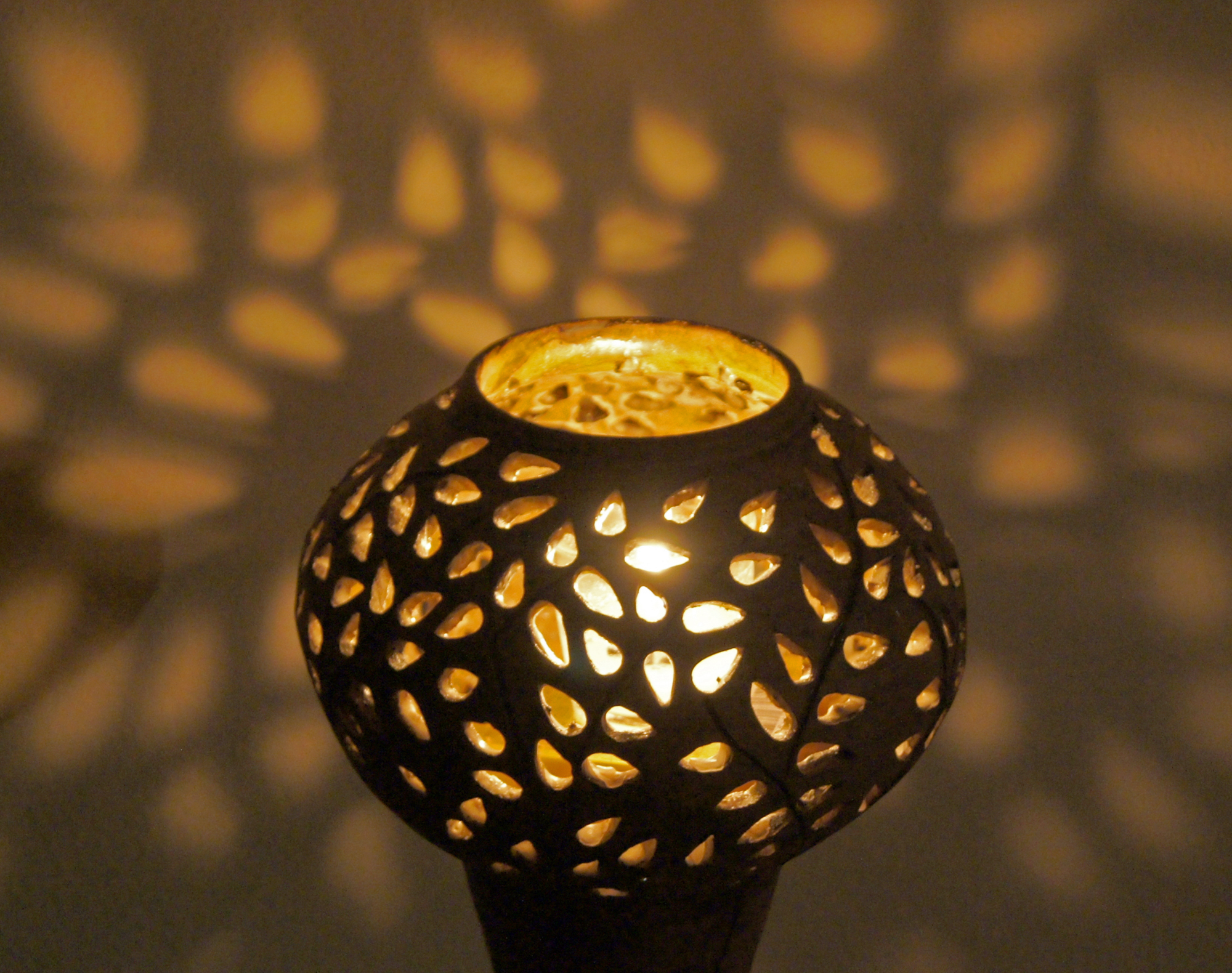

The Eucharist
Our prayer originates in the paschal mystery of Christ’s death and resurrection. Eucharist is the sacramental experience of divine love as Jesus Christ pours himself out for us. Its scriptural basis is found in the synoptic Gospels of Matthew, Mark, and Luke, and in Paul’s first letter to the Church in Corinth.
Here Christ, both crucified and risen, shares his very self under the form of bread and wine, that we may become his life and love for others. Bread and wine become the Body and Blood of Jesus Christ through the power of the Holy Spirit. This is a symbol in the best sense of the term, where the symbol is itself the thing symbolized. We believe this because Jesus said,
When we partake of Christ as Body and Blood, we are drawn into the eternal relationship of love among the Father, Son, and Holy Spirit. We thus share in the life of the Trinity. In heart-felt response we offer God praise and thanks for the mystery of salvation in Christ Jesus.
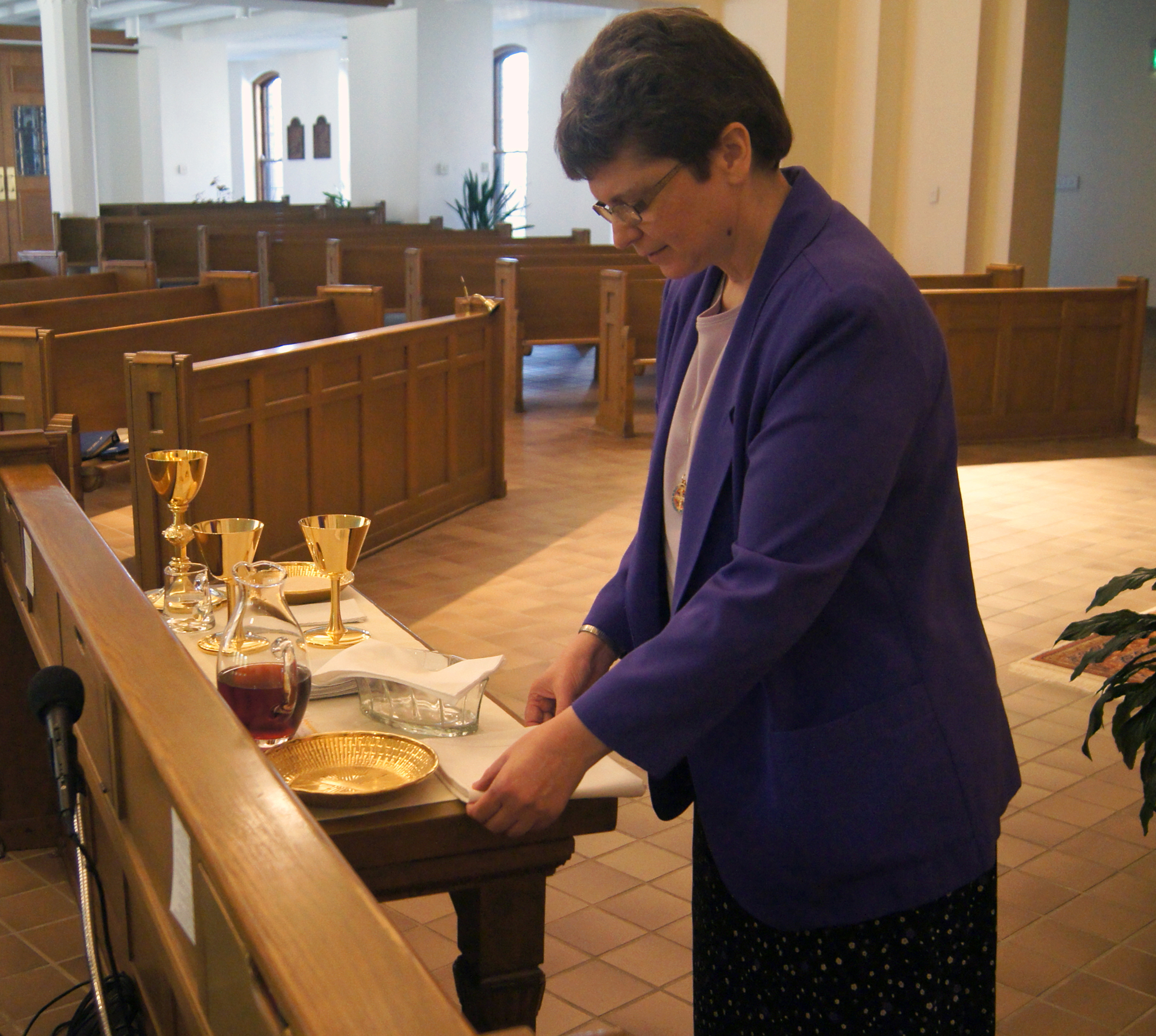
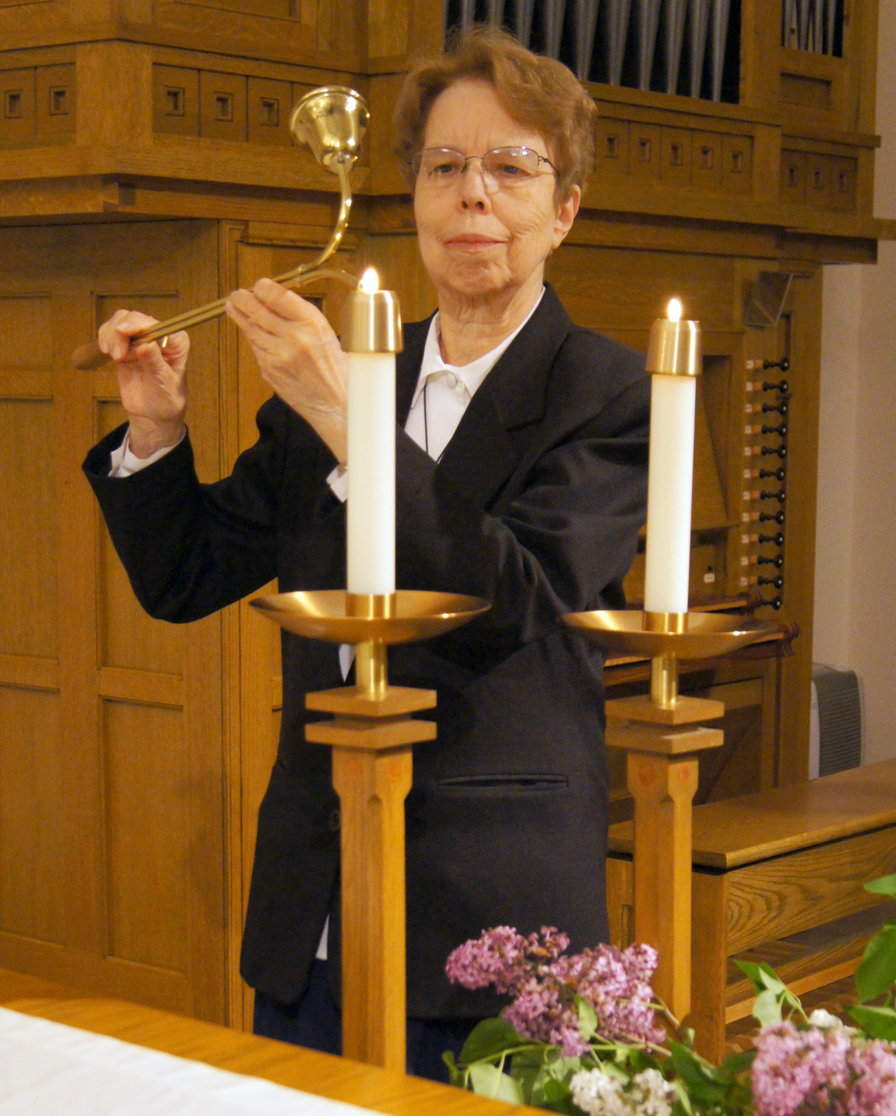
The Liturgy of the Hours
St. Benedict placed a high value on communal prayer. Also called the Divine Office, the Liturgy of the Hours is the ancient and official prayer of the Church.
The Hours are composed of hymns, psalms, Scripture readings, prayers, and times of silent reflection. As we pray through the cycle of weeks and seasons, we consecrate time to God’s use. Surrendering our own will, we fall ever more deeply into the heart of God’s love for us and for our bruised world that longs for meaning and peace. The Liturgy of the Hours is the universal prayer of the Church for the world and its many needs.
We begin our day with Morning Prayer, “that the first stirrings of our mind and will may be consecrated to God, so that we may take nothing in hand until we have been gladdened by the thought of God.” (St. Basil the Great)
We pause to pray in the middle of the day and then again at its end to give thanks for the blessings of the day, as we hear in Psalm 134:
“Come, bless the Lord, all you servants of the Lord,
who stand by night in the house of the Lord!
Lift up your hands to the holy place,
and bless the Lord through the night.”
Everyone is welcome to join us in Prayer. Come to Our Lady Queen of Peace Chapel, midway between the Monastery and The College of St. Scholastica. It is good to begin the day by dedicating your work to God. At the end of the day, turn it over to God and rest securely in God’s arms.
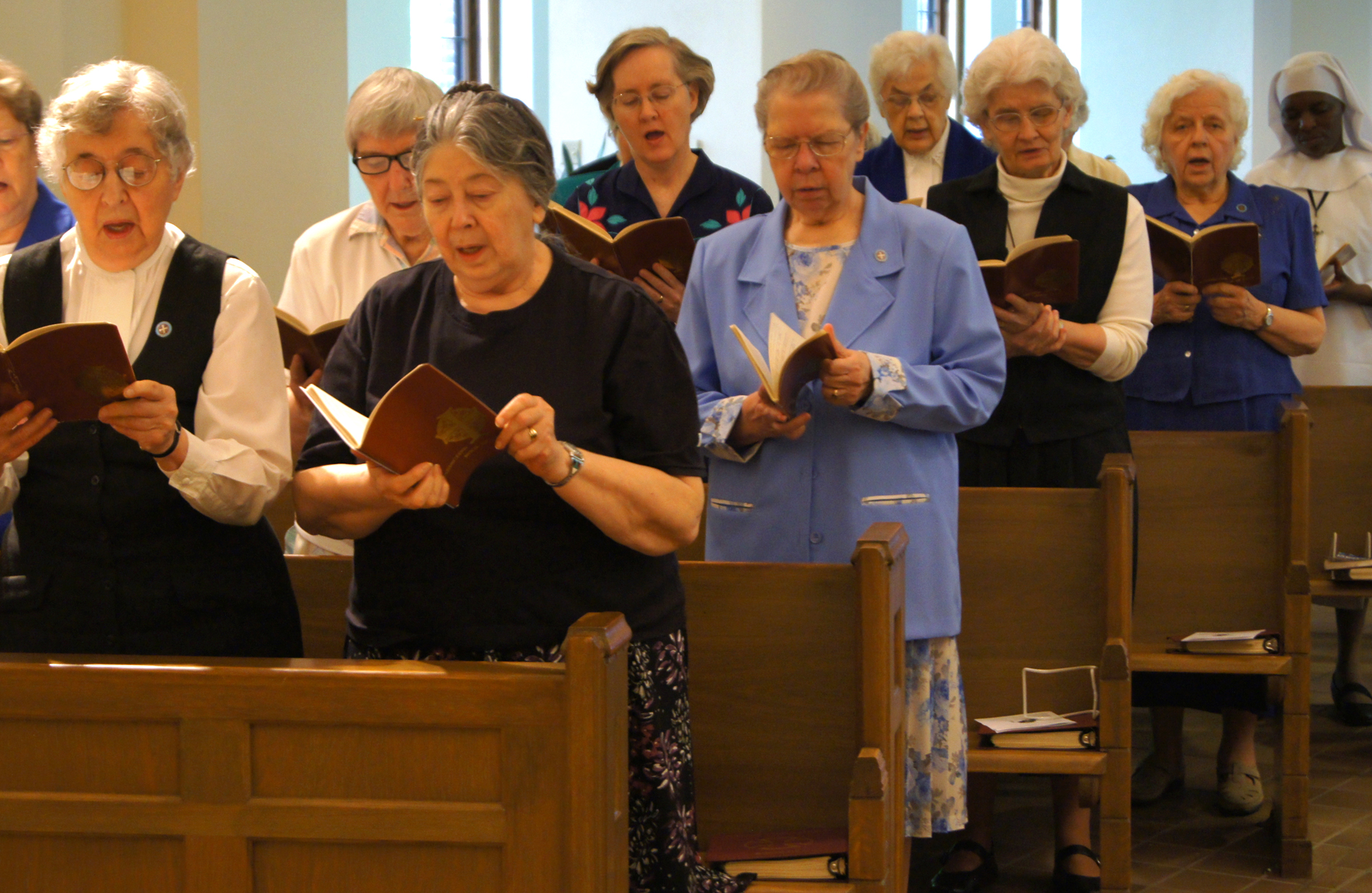
Personal Prayer: Lectio Divina
The traditional mode of personal Benedictine prayer is lectio divina — “holy reading” — the contemplative reading of sacred scripture through which we hear God speaking to our hearts.
Contemplative Christian prayer has its roots in the early Christian Era. In the 4th century, Gregory of Nyssa described the spiritual journey as an ever-deeper union with God that consumes and transforms us. As created beings we encounter the infinite nature of God without needing to understand it. An anonymous 14th century writer called this mystical encounter with God in contemplative prayer the ‘cloud of unknowing.’ “By love God can be grasped and held, but by thought, neither grasped nor held. … Go after experience rather than knowledge. … Knowledge breeds conceit, but love builds. Knowledge is full of labor, but love is full of rest.”
Contemplative prayer is a gift from God. It comes as the fruit of reflection on the word of God in Scripture and in God’s creation. It is the opening of mind and heart – one’s whole being – to God. Lectio is a daily encounter initiated by God and leading, if one consents, to union with the divine. With regular lectio our hearts open to the presence of God and the promptings of the Spirit.
Many begin their day with lectio, while others pause in the middle of a busy schedule to listen to the voice of God and then return refreshed to the day’s work. Some meet in small lectio groups. Many combine it with journaling, exploring in words the thoughts and feelings that come while connected to the Holy Spirit.
A similar practice is viseo divina or holy seeing, in which sacred images take the place of the written word. Another is vitae divina or holy life, where we gently hold a personal experience in our thoughts and look for the presence of God.

Devotional Prayer
Devotional Prayers are formal, and include the rosary, Exposition and Adoration, Stations of the Cross, and novenas. These practices can lead to deeper faith and commitment to God through meditating on the mysteries of the life of Christ and Mary, encountering Christ in worship and adoration, and asking the intercession of the saints as we journey together into greater love for God and our neighbor.
We have silent Exposition of the Blessed Sacrament once a month, usually on the last Sunday, as part of a Day of Recollection and Silence. It is held in the Blessed Sacrament chapel, which is behind the altar. The figure of the crucified Christ was carved in 1938 by Harry Eversfield Donohue and depicts Jesus in his passion as he cries out, “My God, why have you abandoned me?” Mr. Donohue carved it when his wife was seriously ill while carrying their second child, a time when he felt abandoned by God. It rose out of his own lectio on life.
You are welcome to join us for Adoration. Please call to confirm the date as the schedule can vary.
In Gethsemane Cemetery behind the Monastery as the road climbs the hill are large crosses representing the fourteen Scriptural Stations of the Cross of Saint John Paul II. In inclement weather you are welcome to pray the traditional Stations in the chapel carved by Mr. Donohue.
